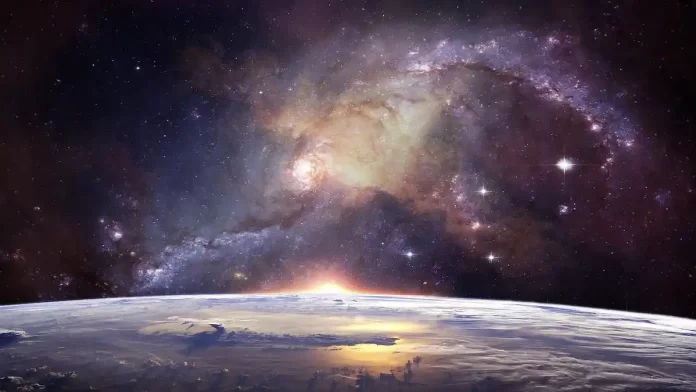The concept of an expanding universe may sound like a science fiction tale, but it is a well-established scientific fact.
In this article, we will delve into the compelling evidence supporting the expansion of the universe.
By exploring scientific facts and figures, such as the cosmic microwave background radiation and the redshift phenomenon, we will uncover the fascinating reality of our ever-growing cosmos.
The Discovery of Cosmic Microwave Background Radiation:
One of the most significant pieces of evidence supporting the expansion of the universe is the discovery of cosmic microwave background radiation (CMB).
In the 1960s, scientists Arno Penzias and Robert Wilson stumbled upon this faint microwave radiation coming from all directions in the sky.
Further analysis revealed that the CMB is the remnant radiation from the early stages of the universe, often referred to as the “afterglow” of the Big Bang.
Redshift and the Doppler Effect:
Another key piece of evidence for the expansion of the universe is the phenomenon known as redshift.
When astronomers observe distant celestial objects, such as galaxies, they observe that their light is shifted toward longer wavelengths, shifting to the red end of the electromagnetic spectrum.
This phenomenon is a result of the Doppler effect, where the motion of objects in space causes a shift in the wavelength of light they emit.
Hubble’s Law and the Expanding Universe:
The redshift observations led to the formulation of Hubble’s Law, named after astronomer Edwin Hubble.
The law states that the velocity at which a distant galaxy is moving away from us is proportional to its distance.
In other words, the farther a galaxy is from us, the faster it appears to be moving away. This relationship supports the idea that the universe is expanding uniformly in all directions.
The Hubble Constant
The Hubble constant, denoted as “H₀,” quantifies the rate at which the universe is expanding.
Current measurements suggest that the value of the Hubble constant is approximately 70 kilometers per second per megaparsec (km/s/Mpc).
This means that for every megaparsec (about 3.26 million light-years) of distance, galaxies appear to be moving away from us at a speed of 70 km/s.
The Hubble constant provides crucial evidence for the ongoing expansion of the universe.
Cosmic Microwave Background Radiation and Inflation:
The cosmic microwave background radiation, discovered by Penzias and Wilson, not only supports the Big Bang theory but also provides evidence for the early rapid expansion of the universe known as inflation.
Inflation theory suggests that the universe experienced an exponential expansion in its earliest moments, leaving behind an imprint on the CMB.
Detailed observations of the CMB by satellite missions like the Planck satellite have provided valuable data supporting the inflationary model of the universe.
Large-Scale Structures and the Clustering of Galaxies:
The distribution and clustering of galaxies further confirm the expansion of the universe.
Scientists have observed that galaxies tend to form in large-scale structures, such as filaments, sheets, and voids.
The clustering of galaxies indicates the growth of structures over time, as galaxies move apart from each other due to the expansion of space.
Supernovae and Dark Energy:
The discovery of distant supernovae in the late 1990s provided a groundbreaking revelation about the universe’s expansion.
Astronomers studying these supernovae found that their brightness appeared to be fainter than expected, suggesting that the expansion of the universe is accelerating.
This unexpected acceleration led to the proposal of dark energy, a mysterious form of energy that is believed to drive the expansion and counteract gravity’s attractive force.
The WMAP and Planck Missions:
Satellite missions like the Wilkinson Microwave Anisotropy Probe (WMAP) and the Planck satellite have provided precise measurements of the cosmic microwave background radiation.
These missions have provided extensive data on the temperature fluctuations in the CMB, allowing scientists to study the early universe with great detail and accuracy.
The observations from these missions have further confirmed the expansion of the universe and provided valuable insights into its composition and evolution.
Conclusion
The evidence supporting the expansion of the universe is overwhelming, rooted in scientific observations and measurements.
The discovery of cosmic microwave background radiation, the redshift phenomenon, Hubble’s Law, large-scale structures, supernovae observations, and precise measurements from satellite missions all point to a universe that is continually growing.
These findings have revolutionized our understanding of the cosmos, shaping the field of cosmology and opening up new avenues for scientific inquiry.
The expansion of the universe remains one of the most captivating phenomena in the realm of astrophysics, driving us to explore the mysteries of our ever-expanding reality.
